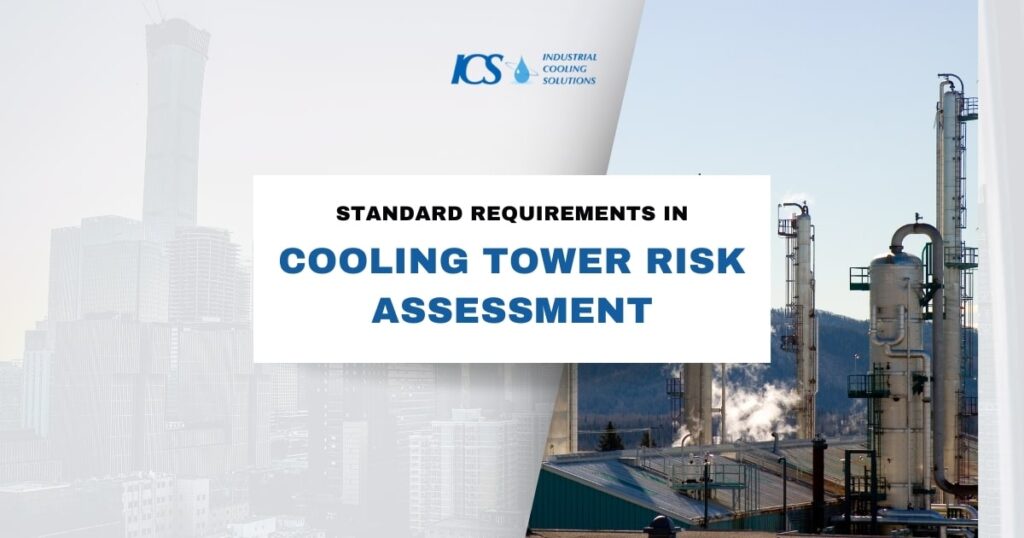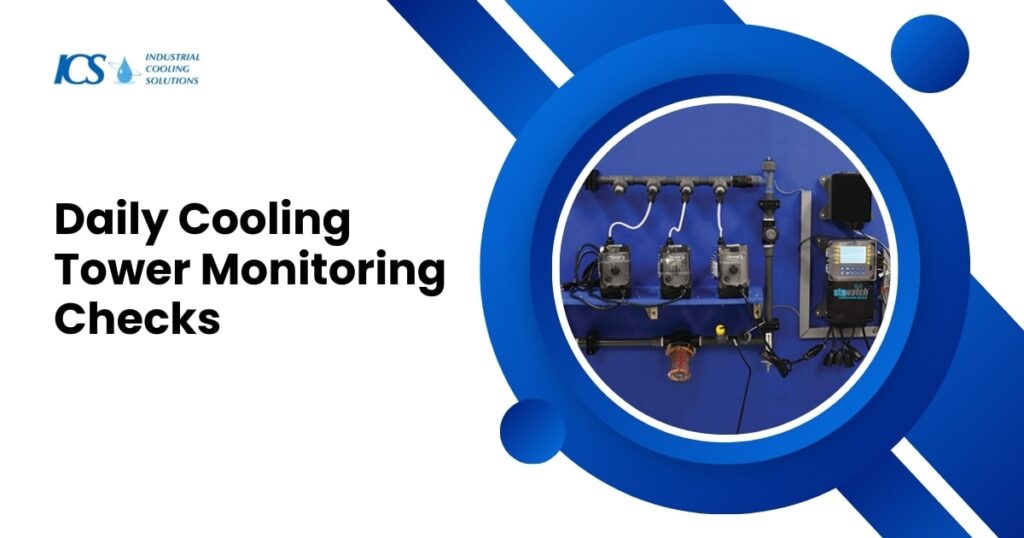Commercial cooling towers are essential units within industrial processes, releasing heat as needed. On the other hand, they are safer when it comes to exposure to contamination but inherently carry risks of bacterial group tendencies like Legionella. For prompt personal protection and regulation compliance, the implementation of manageable risk management plans including their evaluation is important.
Table of Contents (Commercial Cooling Towers)
Reviewing Existing Controls
While looking forward to the risk management strategy, it will be the best opportunity to go through and assess the strengths and weaknesses of the current internal controls. Companies have to make a regular inspection and conduct tests of cooling towers to find possible dangers and vulnerabilities. H2O cooling effectively spans all phases of the water-related assessment, aiding employers by risk assessment that is preventive in nature.
Evaluating Risks in Cooling Towers

Whether it is assessing risks in cooling towers or elsewhere, an all-embracing approach must be taken. Features like the water quality, system maintenance, and operational procedures should be thoroughly considered. Similarly, impacts on wildlife and ecosystems should be evaluated. HSE ACOP L8 however provides an insight into the vital issue of regular assessments and review of control measure implementation in order to guarantee effective mitigation of emerging risks.
Monitoring and Continuous Improvement

Monitoring process is one of the countless management functions, and it is of paramount importance. The checks should be month to month, week to week, quarter to year, or semi-annual to guarantee the effectiveness of control measures. As a part of these checks, for example, we perform a water quality analysis, system performance evaluation and the maintenance protocol conformity. Through continuous improvement, an organization monitors the results of their strategies, and thus is able to incorporate the latest know-how and best practices.
Standard Requirements in Cooling Tower Risk Assessment

Every commercial cooling tower is only possible for a good design of a strong assessing of the risks. Enabling for the regulation standards set by ACOP L8, the water management requirement is based on the outcome risk assessment methodology. In addition, it includes the establishment of various prevention-oriented characteristics, capable of stopping bacterial spreading and sustaining system unity.
Daily Cooling Tower Monitoring Checks

Monitoring routines are the precisely located advanced posts, before any threats could develop. These safety checks are verification by looking for cracks, evaluating the temperature, and water level review. On the other hand, early detection of abnormalities builds the opportunity to perform appropriate actions that help prevent hazards from worsening.
Monthly Cooling Tower Monitoring Requirements
Monthly reporting mandates offer a more profound view of the system’s performance. Parameters such as presence of microbes and amount of chemicals, as well as the condition and operation of the equipment, are to be assessed. It’s the data collection that is done on a regular basis that enables us to identify the trends and be early to detect emerging issues.
Quarterly and Semi-Annual Monitoring Tasks
The tasks that are quarterly and semi-annual about system integrity and compliance assist to maintain all its integrity. These jobs are comprehensively done by contractors using top-notch cleaning, sanitizing of critical parts and inspection tools. The discipline of scheduling maintenance tasks can dramatically minimize the rates of system failures leading to the ones to be experienced.
Annual Maintenance Tasks

Scheduled maintenance tasks or other measures are important pillars for the long-term sustainability of the cooling towers operations. With these duties comprising the line inspections, equipment servicing, and corresponsive review of risk management can be done.
Final Thoughts
Commercial cooling towers are the backbone of several industries. Thus, on the one hand, they are at the same time soft power means of governmental control if not successfully managed. Some of the measures adopted to ensure that individuals, public health services, and authorities are protected include having equally strong risk management strategies, regular assessments, and working within the monitoring guidelines. Continuous improvement and conformance to the best practices are the cornerstone of any strategies that tackles the present issues that are faced by the commercial cooling towers operations.

